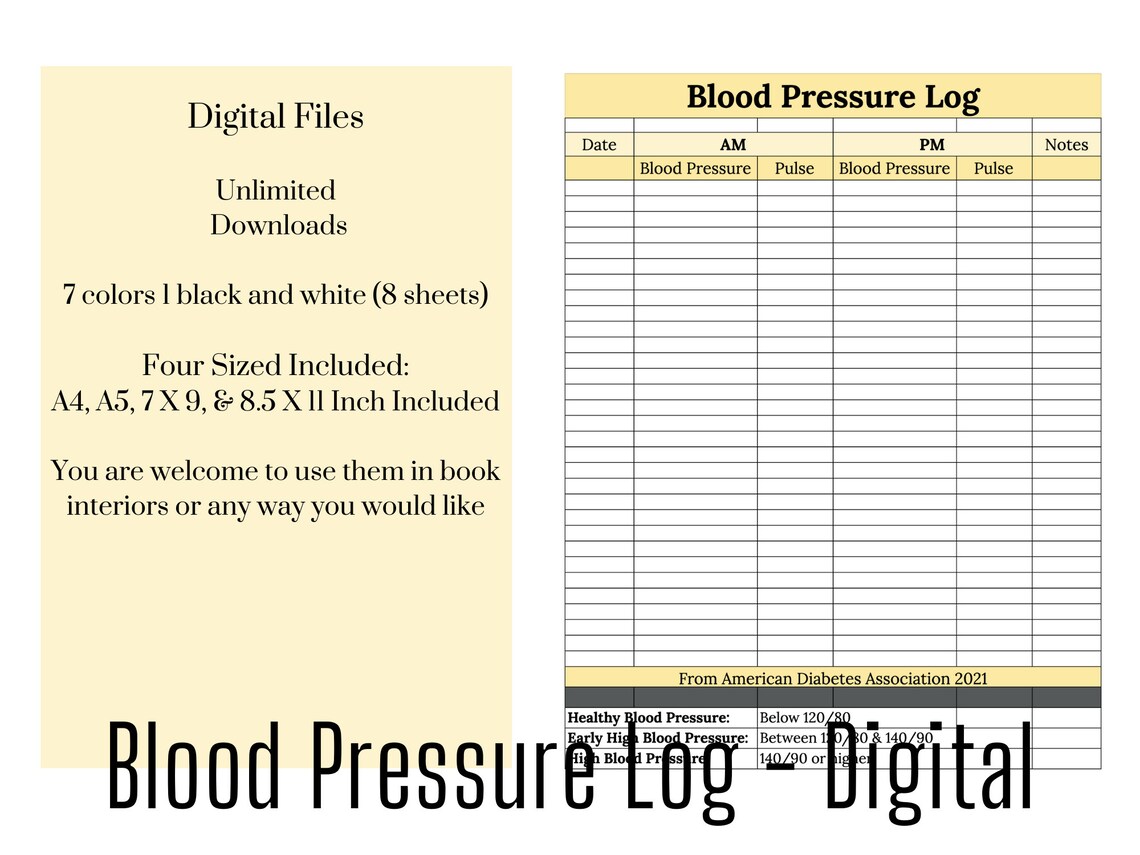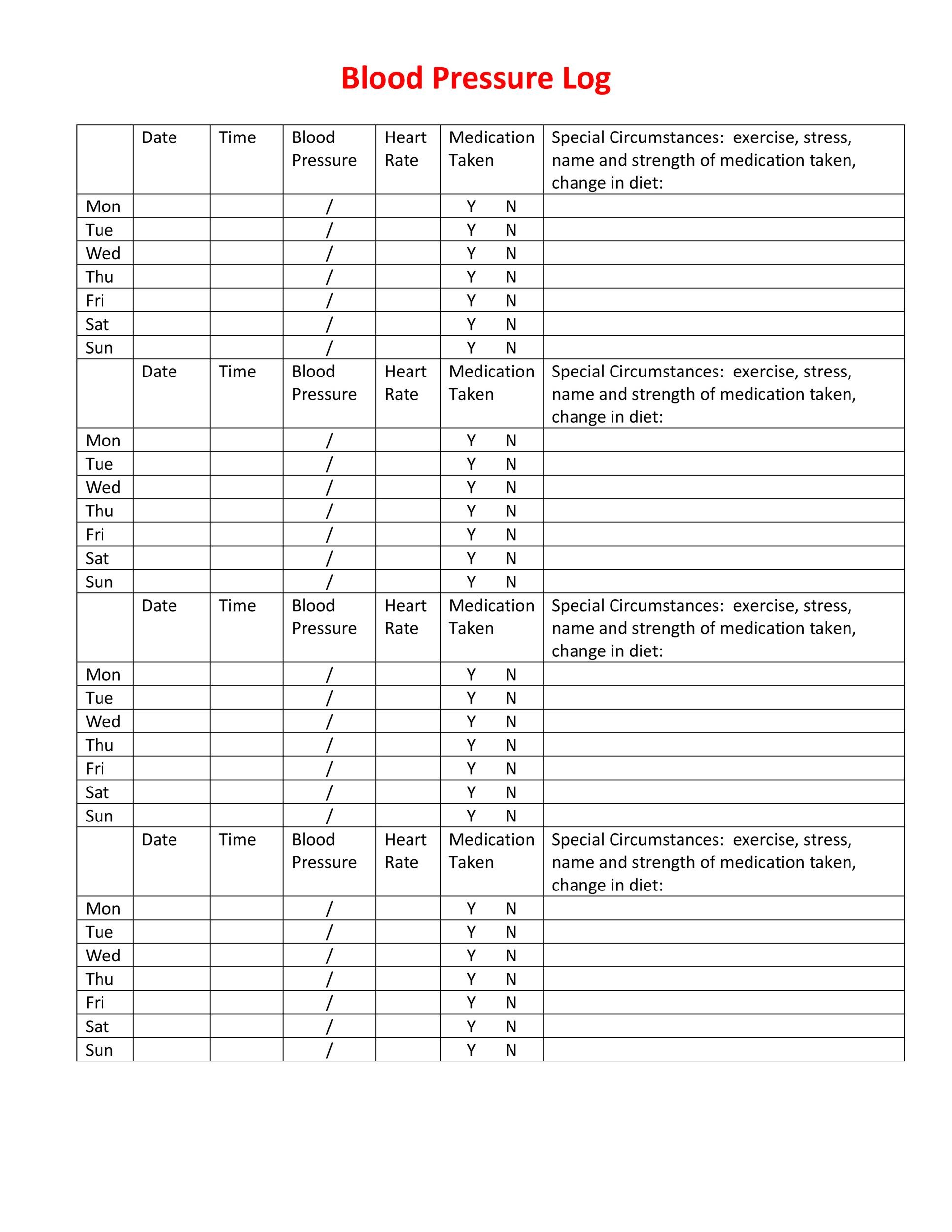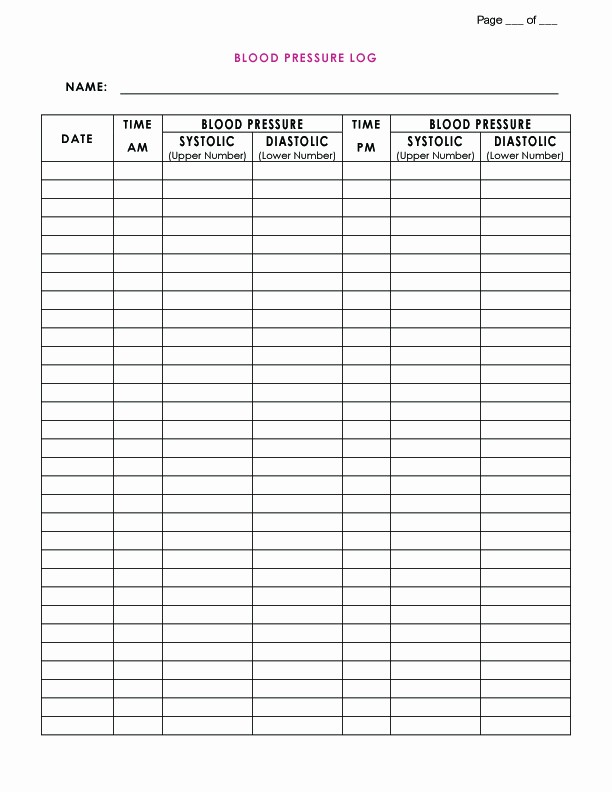

Arteries also tend to be stiffer in people with diabetes and chronic kidney disease. This is sometimes referred to as arterial stiffness. Your arteries also get less flexible and stretchy as you grow older, which is natural and expected. The arteries that carry your blood are naturally stretchy and flexible, but they can only hold so much blood at any time.

*Note: If you do this, tell your doctor how many times you took your pressure to calculate this average and how long you waited between each measurement.

Divide the total from step 1 by the number of times you took the measurement, in this case, twice.You’d calculate your pulse pressure using the following steps: Let’s say you have two pulse pressures, taken five minutes apart, with the first being 42 and the second being 38. If you do take your blood pressure more than once, add each pulse pressure amount together and divide by two to find the average*. These variations in pulse pressure usually are very small, about five to 10 mmHg. When you breathe, your heart reflexively reacts by increasing how much blood it pumps. Pulse pressure variation is normal and expected. Why does my pulse pressure change when I take my blood pressure a few minutes apart? Example: If your blood pressure was 120/80 mmHg, that would be 120 - 80 = 40.To calculate your pulse pressure, all you have to do is subtract the bottom number from the top number. Mercury isn’t used anymore in these devices, which are also usually called blood pressure cuffs, but millimeters of mercury is still used.

This is because the first sphygmomanometers (pronounced “sfig-mo-ma-nom-et-er”) used to measure blood pressure had mercury in them. These pressures are measured in millimeters of mercury (abbreviated “mmHg” because of the elemental symbol for mercury). The diastolic pressure, which is the bottom number, is how much pressure your arteries are under between heartbeats. The systolic pressure is the top number, and it’s a measurement of how much pressure your arteries are under each time your heart beats. Your blood pressure is measured using two numbers, the systolic pressure and the diastolic pressure. Pulse pressure tends to increase as you get older, and this number can also be an indicator of health problems before you develop symptoms. Pulse pressure is the difference between the upper and lower numbers of your blood pressure.


 0 kommentar(er)
0 kommentar(er)
